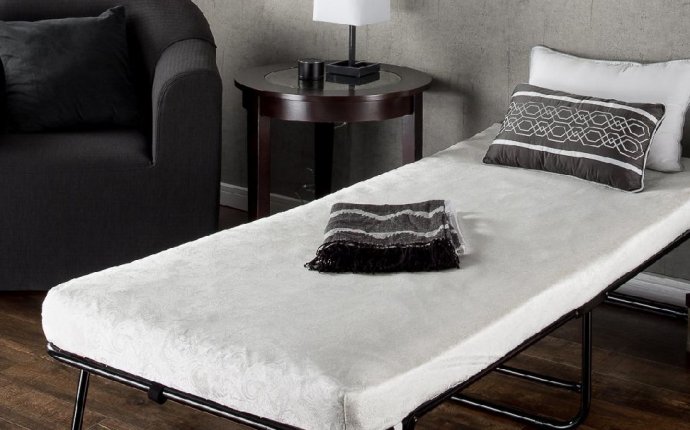
Best Oil for Antique Furniture
Be extremely cautious the finish on a true, high-value antique furniture piece might be harmed by anything you do to it. caAugust 30, 2007
Question
I would like any information on oiling expensive antique furniture. One is a Wharton Esherick piece. I thought of using some naphtha to clean first and then using a reduced coat of tung oil followed by a full strength coat after that.
Forum Responses
(Finishing Forum)
From contributor B:
If I were you, I would get a qualified antique restorer's opinion on what to do. If you're dealing with expensive true antique pieces and you screw up the value of the piece by putting something on the finish that will depreciate the value, you're setting yourself up for a lawsuit.
From contributor J:
The best approach is to do nothing. Pieces like this should not be touched without a thorough knowledge of the original finish and accepted conservation treatments which definitely do not include adding a coat of tung oil.
From contributor R:
Right now on E-Bay is a Wharton Esherick wooden block print up for auction. A piece like this might... might... just might not be harmed by an oil rejuvenation on the finish. Some of his carvings might have been finished in an oil finish, whereas some of the oak and maple furniture most likely were finished in another type of finish. I might suggest you contact the museum and obtain more information on his work prior to attempting any type of restoration of the finish.
From contributor I:
Most pieces will not be harmed by a coat of paste wax. That is what they use at the Smithsonian Institution on Chippendale furniture. I wouldn't apply any type of surface finish without checking with an expert on conservation first.
From contributor E:
A good cleaning never hurt either, and I don't think there's any laws against it. A damp rag with soap and water does wonders. Pour a little elbow grease in the mix too.
From contributor C:
Never put water or water containing substances on an antique finish - never! The suggestion of wax if absolutely necessary. A microcrystalline type such as approved by museums would be all that I would recommend.
From contributor E:
I ain't talking about taking a pressure washer to it. "Damp" is what I said. Are you saying that just because it's an antique, you can't clean it?
From contributor C:
If the finish is truly an aged finish, the answer remains no! Under microscopy you will see fractures in the coating which allow moisture to permeate the finish and wet the wood. This in turn will expand those areas and likely loosen the finish and will eventually flake off. If cleaning is absolutely necessary, like when you need to re-polish with friction polish - shellac because finish is missing, then mild solvent cleaners should be used, such as vmp naphtha or a type of mineral spirits called Stoddard solvent. Water, no matter how little, is a negative.
From contributor D:
First, refer to contributor J's answer. Then if you are still determined to do something, you will need to research to find out what you are dealing with. You have to find out what it is you are trying to clean off (dirt, oils, waxes) and what you are trying to clean it off of, as in what is the coating/finish composition of the original, and if it is the original also. If you do not want to do the analysis and step by step of testing before determining a treatment design, then you should not do it at all.
Tung oil is not an option, even if it turned out that tung oil was the original. Removal of multiple campaigns of oils and waxes over original coatings is what conservators spend much of their time doing. Often gelled water based cleaners such as artificial saliva and resin soap are used successfully, but it is a delicate operation and can be used only when the facts are known and the original is determined to be well intact. If the coating was originally a wax coating, then MS or naphtha would remove the original, so until you know what you are dealing with, there is no pat answer.
You could start by calling the museum and finding out if they have studied or have knowledge of his coatings which would have been original. The museum phone number is: 610-644-5822. The management does not at this time have an e-mail address and prefers to communicate by phone or regular mail.
The address for mail is:
The Wharton Esherick Museum
P.O. Box 595
Paoli, PA 19301
Last but not least, unless you have an extreme passion to become trained in conservation, don't. Those who practice are surely not to be envied as most (ethical) private practice conservators starve to death. When they retire, if they have been very frugal, their savings accounts might allow them to eat name brand cat food rather than generic.
From contributor C:
Good post, contributor D - as an ex-conservator, I totally agree.
Would you like to
If you have a question regarding a Knowledge Base article, your best chance at uncovering an answer is to search the entire Knowledge Base for related articles or to post your question at the appropriate WOODWEB Forum. Before posting your message, be sure to review our Forum Guidelines.
When you post your question at the Forum, be sure to include references to the Knowledge Base article that inspired your question. The more information you provide with your question, the better your chances are of receiving responses.









